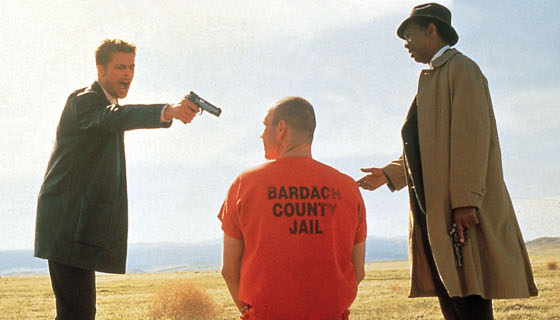
Screenwriting
From Script to Stage/Screen 3
In our first article, we looked at how research was vital to prepare any director to present a script…
October 4, 2017
In our first article, we looked at how research was vital to prepare any director to present a script…
October 4, 2017
In our first article, we looked at how research was vital to prepare any director to present a script…
August 12, 2017
Every story begins at your Initial Stimulus – that spark of an idea that captured your imagination. The thing…
January 8, 2017
If you analyze screenplays and films you are bound to find commonalities that exist among the ones that are…
December 3, 2016